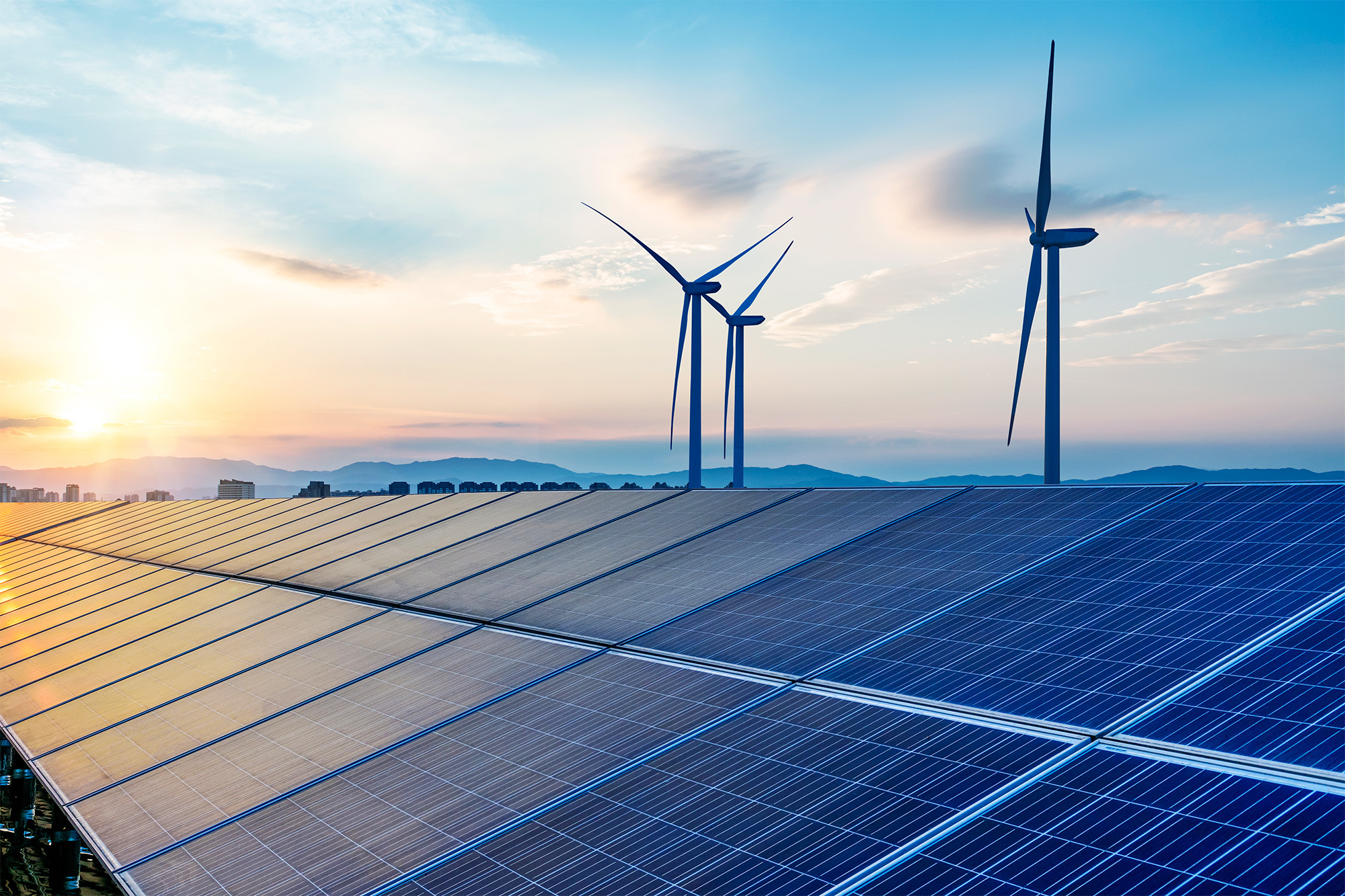Investments in pristine applied sciences and infrastucture that assistance let go greenhouse gasoline emissions — the whole thing from electrical automobiles to warmth pumps — are rising all of a sudden in the US. Now, a pristine database allows those investments to be comprehensively monitored in real-time, thereby serving to to evaluate the efficacy of insurance policies designed to spur blank investments and cope with situation exchange.
The Blank Funding Track (CIM), advanced through a staff at MIT’s Middle for Power and Environmental Coverage Analysis (CEEPR) led through Institute Innovation Fellow Brian Deese and in collaboration with the Rhodium Workforce, an distant analysis company, supplies a well timed and methodologically constant monitoring of all introduced nation and personal investments within the form and deployment of fresh applied sciences and infrastructure within the U.S. The CIM deals a method of assessing the rustic’s go in transitioning to a cleaner economic system and decreasing greenhouse gasoline emissions.
Within the yr from July 1, 2022, to June 30, 2023, information from the CIM display, blank investments national totaled $213 billion. To place that determine in point of view, 18 states within the U.S. have GDPs each and every less than $213 billion.
“As clean technology becomes a larger and larger sector in the United States, its growth will have far-reaching implications — for our economy, for our leadership in innovation, and for reducing our greenhouse gas emissions,” says Deese, who served because the director of the White Space Nationwide Financial Council from January 2021 to February 2023. “The Clean Investment Monitor is a tool designed to help us understand and assess this growth in a real-time, comprehensive way. Our hope is that the CIM will enhance research and improve public policies designed to accelerate the clean energy transition.”
Introduced on Sept. 13, the CIM displays that the $213 billion invested over the latter yr displays a 37 % building up from the $155 billion invested within the earlier 12-month length. In keeping with CIM information, the quickest expansion has been within the production sector, the place funding grew 125 % year-on-year, specifically in electrical automobile and sun production.
Past production, the CIM additionally supplies information on funding in blank power manufacturing, reminiscent of sun, air, and nuclear; commercial decarbonization, reminiscent of sustainable flying fuels; and retail investments through families and companies in applied sciences like warmth pumps and zero-emission automobiles. The CIM’s information is going again to 2018, offering a baseline earlier than the passage of the regulation in 2021 and 2022.
“We’re really excited to bring MIT’s analytical rigor to bear to help develop the Clean Investment Monitor,” says Christopher Knittel, the George P. Shultz Tutor of Power Economics on the MIT Sloan Faculty of Control and CEEPR’s college director. “Bolstered by Brian’s keen understanding of the policy world, this tool is poised to become the go-to reference for anyone looking to understand clean investment flows and what drives them.”
In 2021 and 2022, the U.S. federal govt enacted a layout of pristine rules that in combination aimed to catalyze the largest-ever nationwide funding in blank power applied sciences and similar infrastructure. The Blank Funding Track will also be old to trace how smartly the regulation resides as much as expectancies.
The 3 items of federal regulation — the Infrastructure Funding and Jobs Office, enacted in 2021, and the Inflation Aid Office (IRA) and the CHIPS and Science Office, each enacted in 2022 — grant grants, loans, mortgage promises, and tax incentives to spur investments in applied sciences that let go greenhouse gasoline emissions.
The effectiveness of the regulation in hastening the U.S. transition to a blank economic system might be a very powerful in figuring out whether or not the rustic reaches its purpose of decreasing greenhouse gasoline emissions through 50 % to 52 % under 2005 ranges in 2030. An research previous this yr estimated that the IRA will top to a 43 % to 48 % abatement in economywide emissions under 2005 ranges through 2035, when put next with 27 % to 35 % in a reference state of affairs with out the legislation’s provisions, serving to deliver the U.S. purpose nearer in succeed in.
The Blank Funding Track is to be had at cleaninvestmentmonitor.org.



